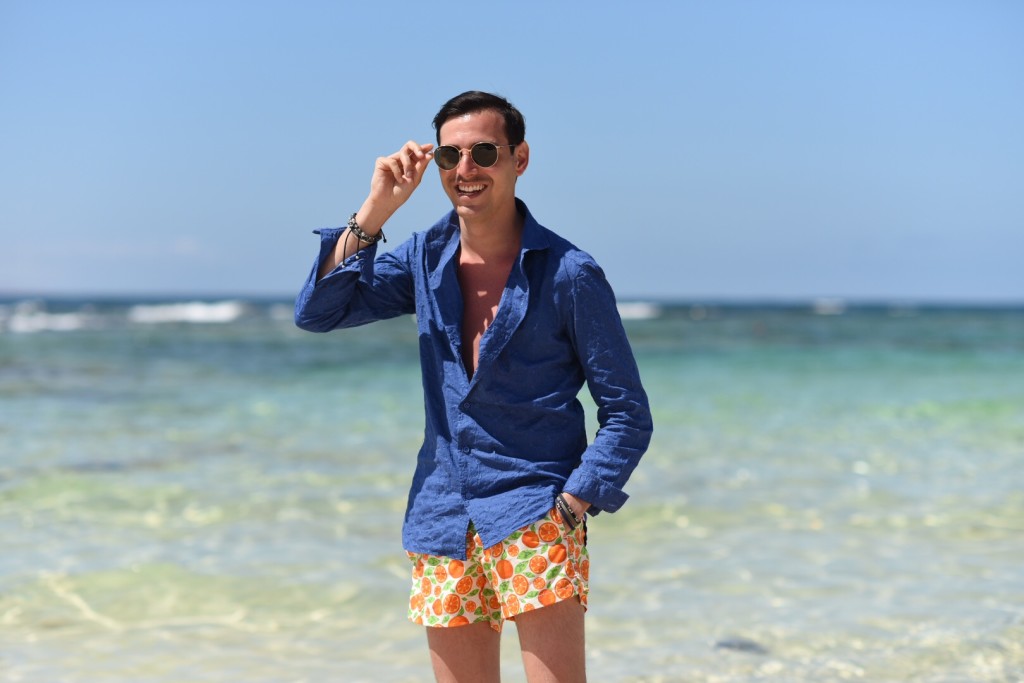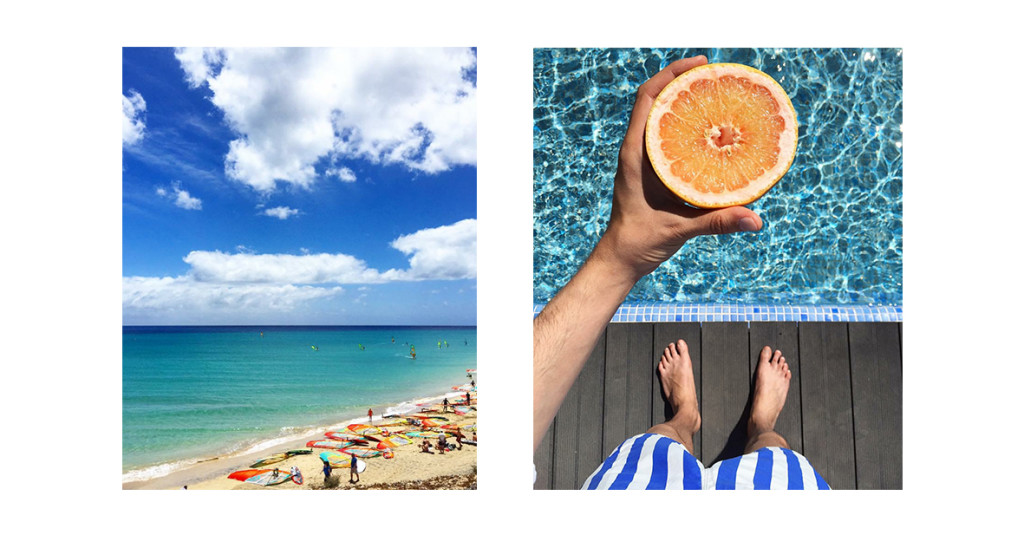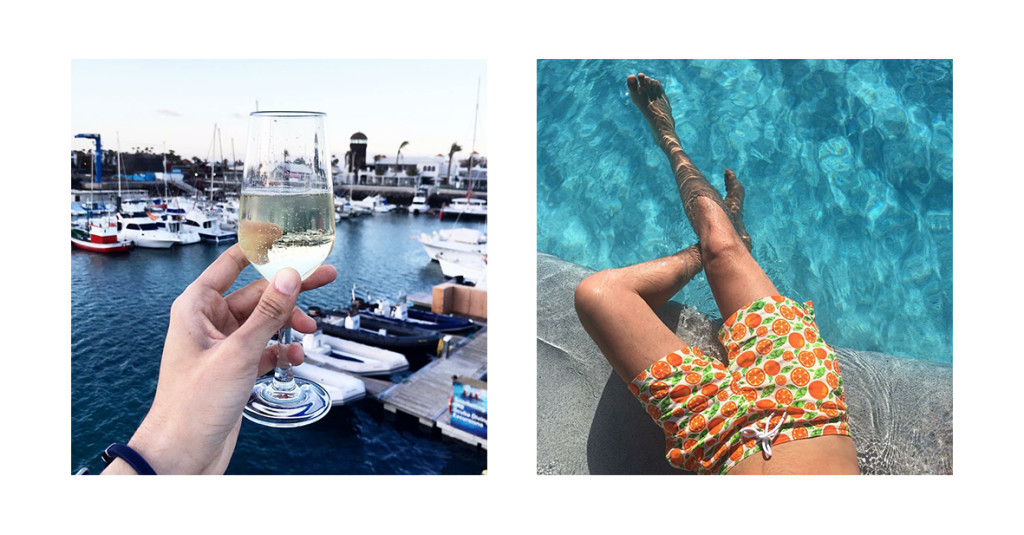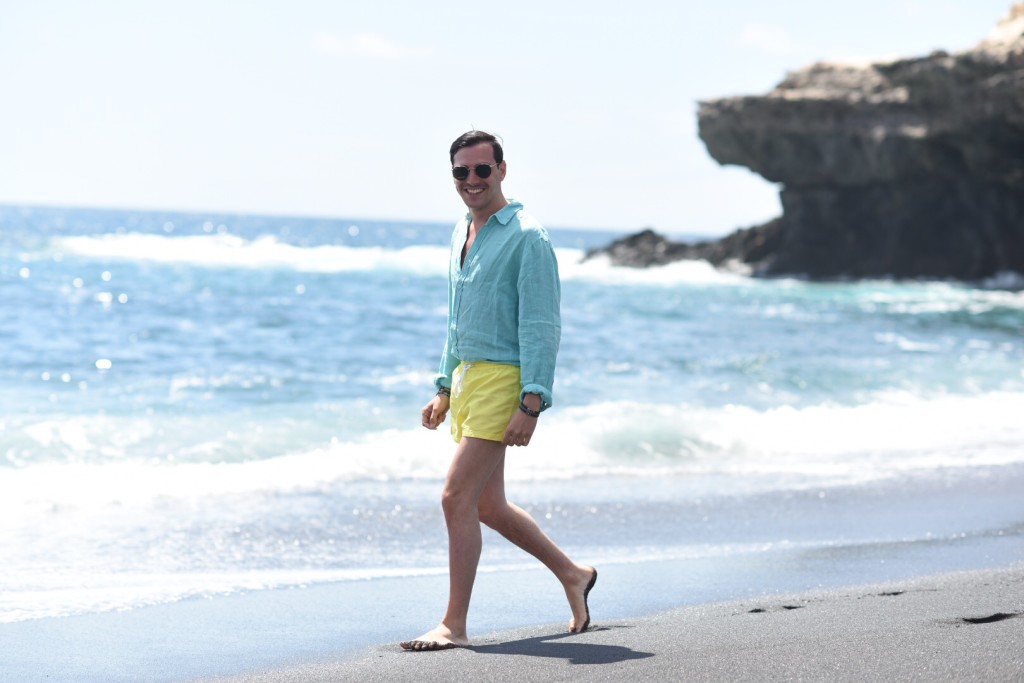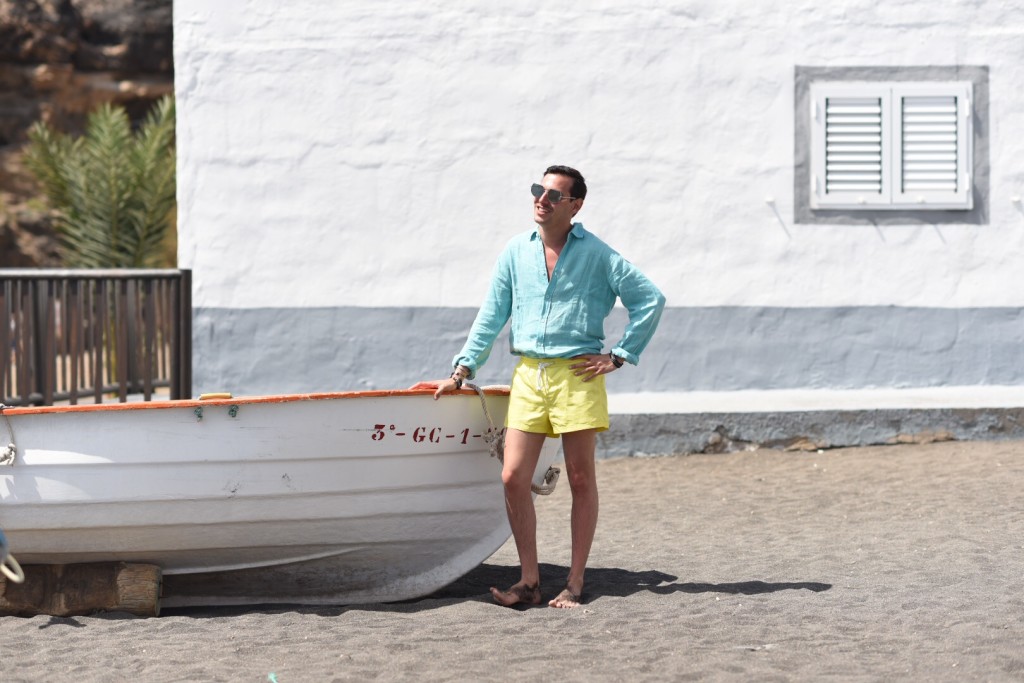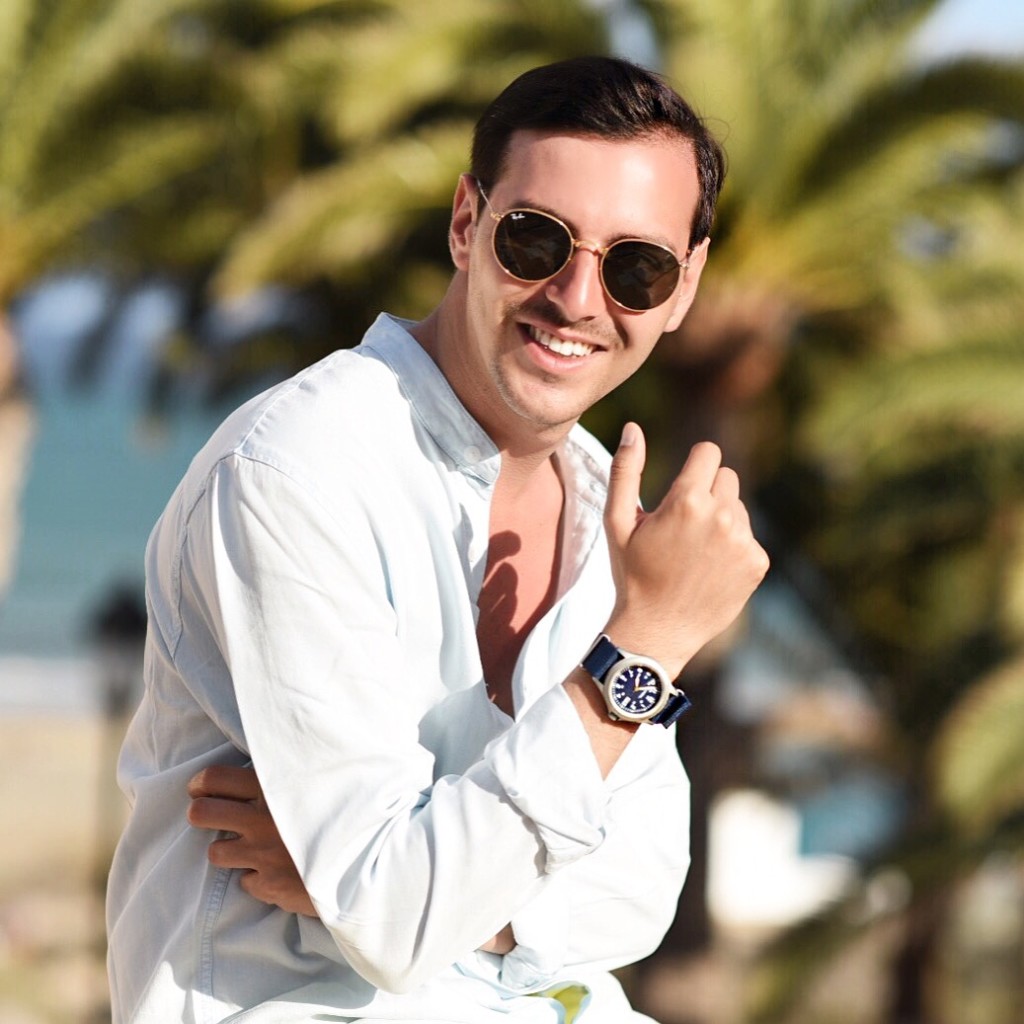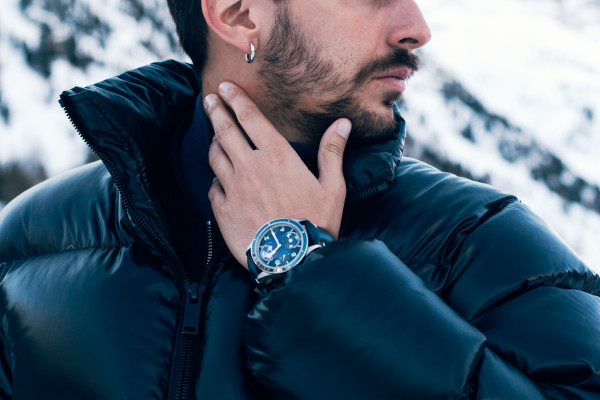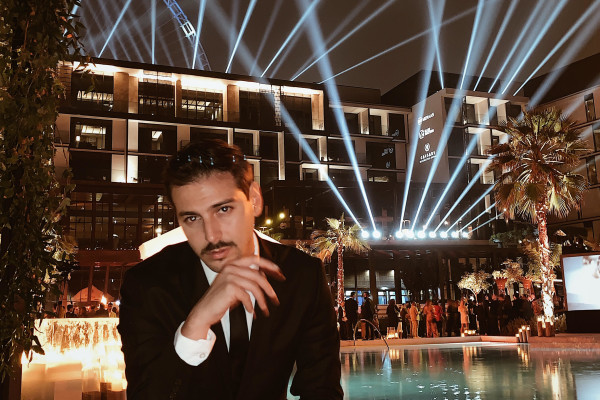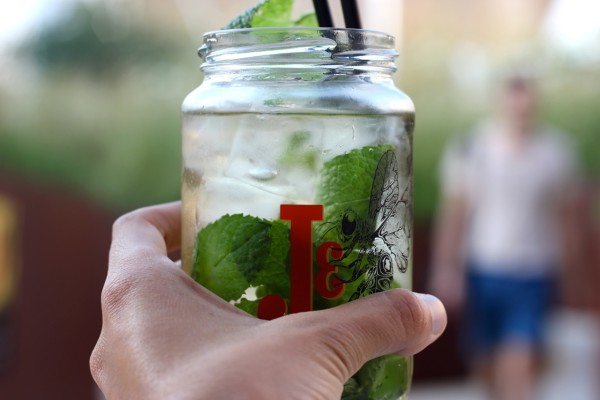Cosa non perdere a Fuerteventura
Fuerteventura, per chi non lo sapesse, è la meno nota e mondana isola dell’arcipelago delle Canarie, quella più vicino alle coste africane del Marocco (97 km appena di lontananza). E’ anche la seconda per dimensione, con una superficie complessiva di 1.660 chilometri quadrati in cui si possono trovare spiagge e località proprio per tutti i gusti. Dalle più ventose ed adatte agli sport acquatici, alle calette di sabbia bianca e acqua cristallina che sembra di essere ai Caraibi. Dalla sabbia dorata del Sahara a quella nera formata dai resti di antiche eruzioni vulcaniche… Ci sono così tante cose da non perdere a Fuerteventura! Scopriamole insieme.
Per poterla visitare a tutto tondo ho soggiornato insieme alla mia amica Laura in due resorts diversi. Uno più a Nord, a Caleta de Fuste: si chiama SettemariClub Barceló Fuerteventura ed è l’unica struttura in tutta l’isola che vanta la presenza di una Thalasso SPA (dove ovviamente non ho mancato di fare taooa). L’altro resort invece è più a Sud, nei pressi del Parco Naturale di Jandia: il SettemariClub Monica Beach Resort nella località Costa Calma. Ho trascorso un paio di notti per resort e ho avuto la possibilità di andare alla scoperta dei paesini e delle spiagge più belle di tutta l’isola grazie alle escursioni organizzate per gli ospiti!
Mentre mi trovavo a Caleta de Fuste ho potuto visitare Corralejo, il paesino più amato dai surfisti, soprattutto italiani. Lungo il litorale ci si può avventurare tra le dune (di sabbia del Sahara) del Corralejo Natural Park. Spostandosi verso Ovest invece, il panorama cambia completamente e, dopo aver passato piantagioni di aloe vera (la coltivazione principale dell’isola) ci si imbatte in El Cotillo e nelle sue calette riparate dal vento e dai turisti. Per godersi un bagno nelle azzurrissime (e anche un po’ gelide) acque dell’Oceano Atlantico. Proseguendo ancora lo scenario subisce una nuova trasformazione e si arriva alla spiaggia di Ajuy, dove la sabbia è nera e basta una camminata di appena venti minuti, completamente immersi nella natura, per ammirare lo spettacolo unico delle grotte che l’oceano ha scavato con il tempo nella roccia.
Scendendo lungo la costa orientale da Caleta de Fuste verso Sud ci si imbatte nella cosiddetta Costa Calma, tra cui spicca la presenza di una spiaggia che definirei eccentrica. Si chiama Playa Sotavento e a seconda delle maree cambia morfologia, creando inaspettate ed affascinanti lagune. Anche questa è il paradiso di surfers e kite-surfers, che creano una scia multicolore all’orizzonte. Qui si trova anche la zona più selvaggia di tutta Fuerteventura, percorribile unicamente con Jeep su strada sterrata. Dopo una breve sosta nella ventosissima Cofete, dove l’unico rumore percepibile è dato dalle onde che sferzano sulla sabbia, ho raggiunto il Faro di Punta Jandia, che segna romanticamente il punto più a Sud dell’isola.
Ringrazio ancora Settemari Tour Operator per avermi permesso di fare questa bellissima esperienza a Fuerteventura!
Fuerteventura, as you may know, is the least known and fashionable island of the Canary Islands, the closest to the African coast of Morocco (97 km away). And it the second by size, with a total area of 1,660 square kilometers where you can find beaches and villages to suit all tastes. From the windiest beach and suitable to water sports, to the white sandy coves with crystal clear water that seems to be in the Caribbean. From the golden sands of the Sahara to the black one formed from the remains of ancient volcanic eruptions… There are so many things to do in Fuerteventura! Let’s discover them together.
To be able to visit all round I stayed with my friend Laura in two different resorts. One further north, in Caleta de Fuste: it is called SettemariClub Barceló Fuerteventura and is the only facility in the island that boasts the presence of a Thalasso SPA (where of course I did not fail to do taooa). The other resort, a little more to the south, near the Jandia Natural Park: the SettemariClub Monica Beach Resort in the resort of Costa Calma. I spent a couple of nights for resort and I had the chance to go to discover the villages and the most beautiful beaches of the island thanks to organized tours for guests!
While I was in Caleta de Fuste I could visit Corralejo, the most beloved village by surfers, especially Italians. Along the coast you can venture through the dunes (of the Sahara sand) of Corralejo Natural Park. Moving westward instead, the landscape changes completely and, after going through aloe vera plantations (the island’s main crop) you will come across El Cotillo and its coves sheltered from the wind and tourists. To enjoy a swim in the deep blue (and even a little cold) waters of the Atlantic Ocean. Moving South the scenario undergoes a new transformation, and you get to the Ajuy beach, where the sand is black and after a walk of just twenty minutes, completely immersed in nature, you can admire the unique sight of the caves that the ocean has carved with time in the rock.
Going down along the east coast from Caleta de Fuste to the south we find the so-called Costa Calma, among them being the presence of a beach I would call eccentric. Its name is Playa Sotavento, and depending on the tides it changes its morphology, creating unexpected and fascinating lagoons. This is also a paradise for surfers and kite-surfers, who create a multicolored trail on the horizon. Here it is also the wildest part of all Fuerteventura, only reachable by Jeep on dirt road. After a brief stop in the windy Cofete, where the only audible noise is given by the waves that lash the sand, I reached the Punta Jandia lighthouse, marking the most romantically South point of the island.
Thank you again Settemari Tour Operator for allowing me to make this wonderful experience in Fuerteventura!


